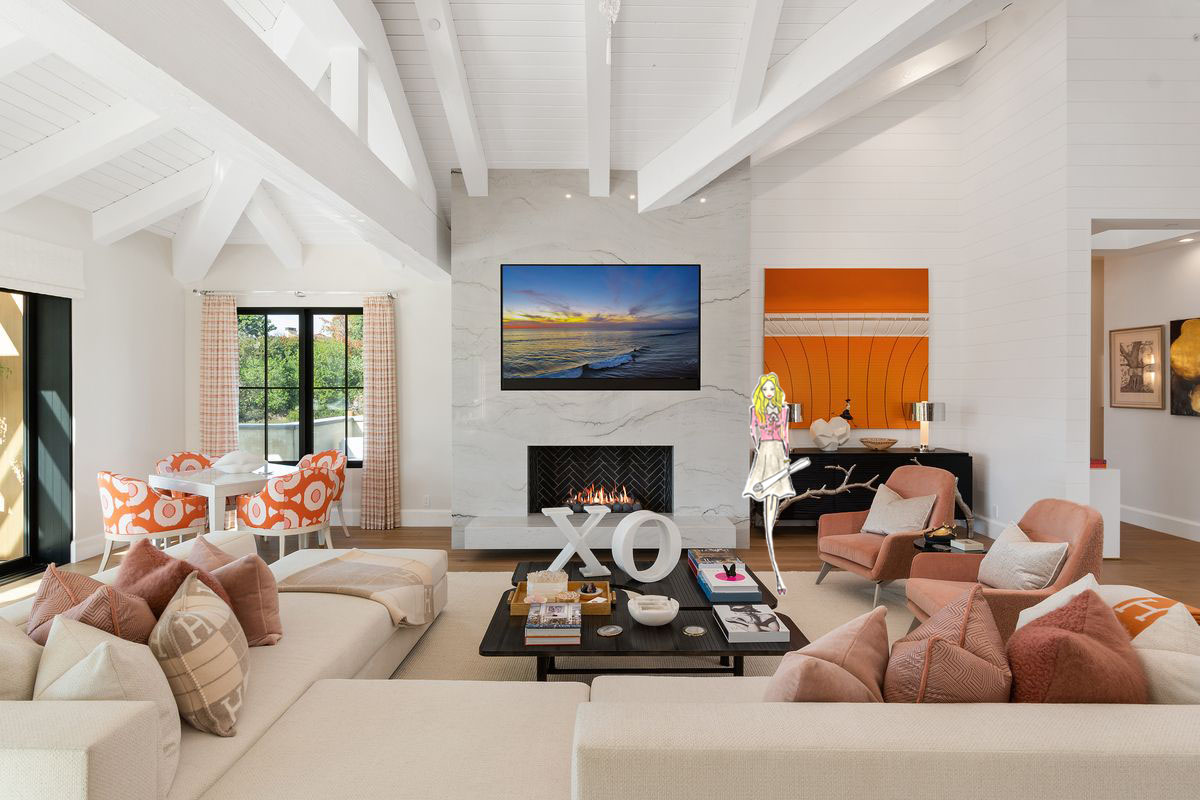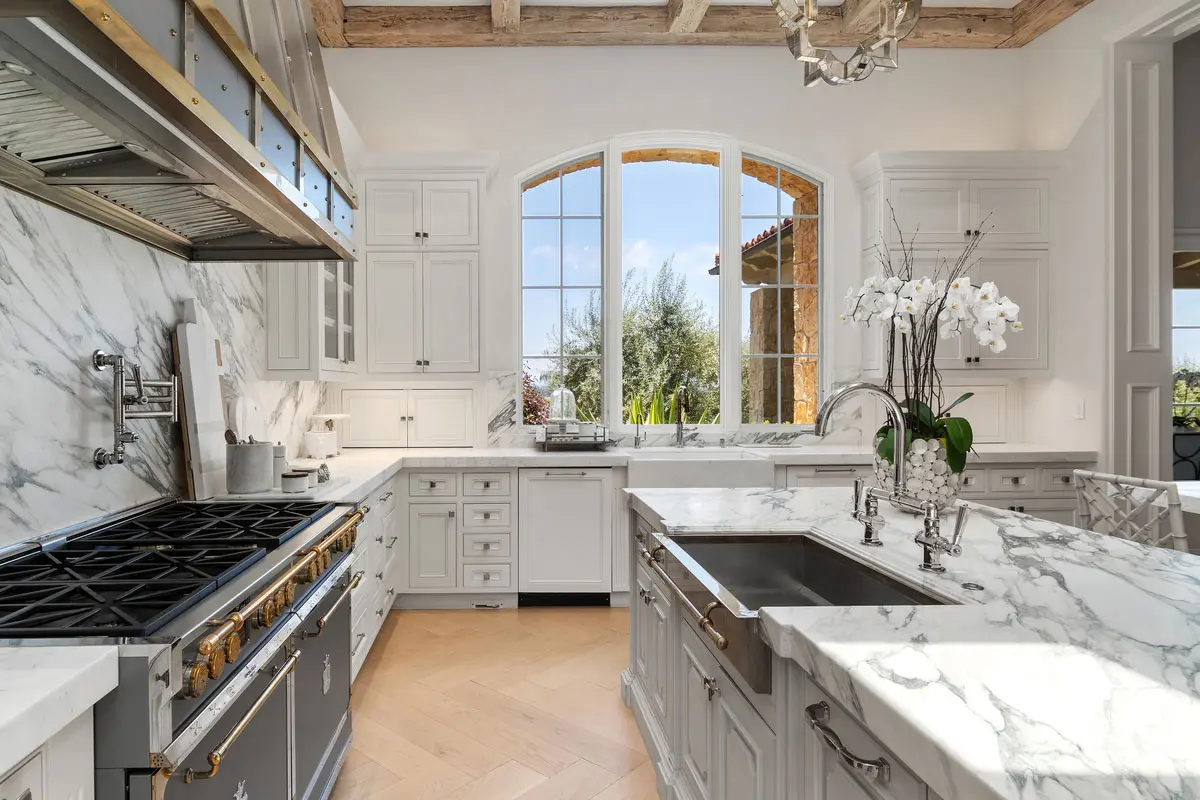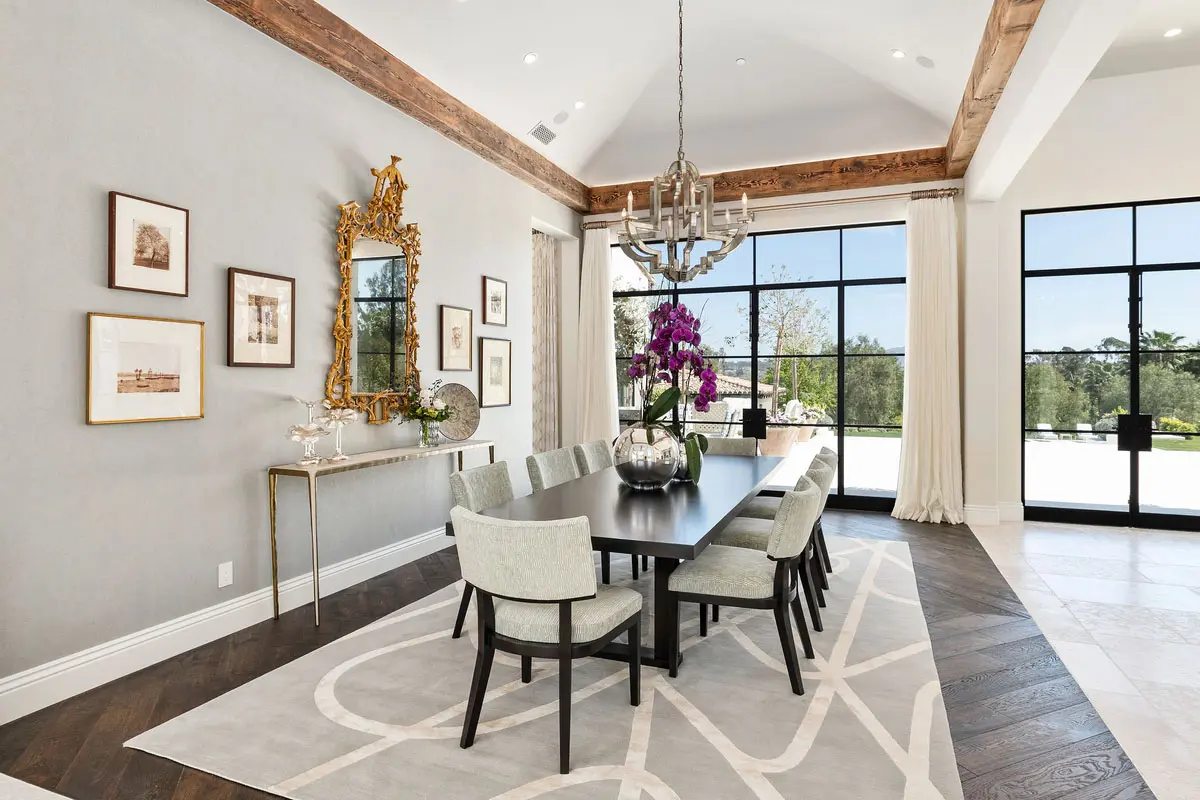The Beauty of Harmonizing Eras
The most captivating interiors often blend elements from different eras, creating spaces that feel both familiar and fresh. Transitional design offers the best of both worlds—pairing modern simplicity with the enduring elegance of traditional craftsmanship.
By intentionally balancing styles, homeowners achieve sophisticated, layered interiors that feel warm, personal, and timeless. The key lies not in contrast for its own sake, but in thoughtful harmony.
What Is Transitional Design?
Defining the Style
Transitional design seamlessly merges classic and contemporary influences. Clean architectural lines coexist with soft curves and intricate details. Furniture may feature modern silhouettes paired with traditional materials.
Color palettes are typically neutral and layered with texture, allowing architectural features and curated furnishings to shine without competing for attention.
The Emotional Impact of Transitional Spaces
Transitional interiors evoke both comfort and refinement. They offer familiarity rooted in timeless design, balanced with the freshness of modern sensibilities. This creates spaces that feel inviting yet elevated—suitable for a broad range of lifestyles.
The style’s adaptability makes it ideal for homeowners seeking a collected, curated atmosphere rather than rigid adherence to one era.
The Foundation: Establishing Balance from the Start
Start with Architectural Context
Transitional design begins by respecting the home’s inherent architecture. Original millwork, ceiling heights, moldings, and layouts serve as anchors for blending styles. Rather than working against these features, designers build upon them to create a unified narrative.
Acknowledging the home’s structural DNA ensures that the layering of styles feels intentional rather than imposed.
Select a Dominant Style to Guide Decisions
While blending eras, one style should serve as the project’s foundation. Whether modern or traditional leads, the secondary style is introduced through accents, textures, lighting, and smaller furnishings.
This hierarchy maintains cohesion and prevents competing design elements from overwhelming the space.
Use a Consistent Color Palette
Neutral backdrops—soft whites, taupes, greiges, and gentle earth tones—allow both modern and traditional pieces to coexist harmoniously. Layering tone-on-tone shades creates depth, while carefully curated accents add character without visual clutter.
Unified color palettes are essential to achieving the polished restraint that defines transitional interiors.
Tone and Texture: The Glue That Holds Styles Together
Layering Textures Across Eras
Contrasting textures bridge design periods. Smooth marble surfaces may sit comfortably alongside aged wood beams. Sleek metal accents complement natural woven fibers. Upholstered furnishings soften sharp architectural lines.
This textural dialogue creates tactile richness while reinforcing the space’s sense of warmth and balance.
Tone Consistency Over Time Period Consistency
While mixing styles, it’s critical to align wood stains, metal finishes, and fabric undertones. Even if pieces originate from different eras, shared tones ensure visual cohesion.
Aged brass hardware may beautifully coexist with contemporary matte black finishes when warmth levels are carefully controlled.
Mixed Material Mastery
Combining vintage materials with modern forms elevates both. Antique brass hardware can adorn minimalist custom cabinetry. Natural stone surfaces pair effortlessly with sleek contemporary lighting.
These juxtapositions highlight craftsmanship while honoring both past and present.
Furniture: Where Old and New Coexist
Anchoring with Statement Pieces
One or two well-chosen antiques become focal points that ground the space. A classic Louis XVI console, for instance, may anchor an entryway alongside streamlined contemporary seating.
Surrounding these statement pieces with clean-lined modern furnishings highlights their character without overwhelming the composition.
Scale and Proportion Matter
Successful blending depends on proportional harmony. Oversized traditional case goods can feel heavy when paired with overly slender modern pieces. Instead, choose furnishings that share similar scale and weight, regardless of era.
Proportional balance maintains flow and prevents visual discord.
Reupholstery and Refinishing
Refreshing heirloom furniture with updated textiles and finishes allows cherished pieces to integrate seamlessly into modern interiors. Traditional frames gain new life when paired with contemporary patterns or neutral fabrics.
This respectful update preserves sentimental value while supporting the room’s overall cohesion.
Accents and Accessories: The Finishing Touches
Art as a Bridge
Artwork offers a dynamic platform for blending styles. A bold abstract painting may hang above an antique sideboard, while vintage etchings enhance a sleek, modern hallway.
Gallery walls combining modern prints in antique frames create compelling visual narratives that span design periods.
Lighting as Style Fusion
Lighting fixtures serve as natural focal points for transitional blending. A traditional crystal chandelier may hover above a minimalist dining table. Contemporary pendants can modernize spaces anchored by classic millwork.
Lighting choices help reinforce the balance of old and new throughout the home.
Textiles and Rugs
Rugs and textiles introduce color, pattern, and softness. A vintage Persian rug beneath a modern sectional adds character and warmth. Conversely, graphic modern pillows layered on a traditional sofa create inviting contrast.
Layering these elements carefully ties disparate furnishings together.
Avoiding the Pitfalls: How to Prevent Clashing Styles
Edit Ruthlessly
Less is often more when blending design eras. Over-accessorizing can dilute the clarity of the transitional narrative. Instead, prioritize thoughtfully curated pieces that complement both styles.
Quality always supersedes quantity when creating visual harmony.
Avoid Theme Rooms
Transitional design thrives on subtlety, not theatrics. Avoid creating rooms that feel like dedicated period showcases. Instead, maintain continuity across the home by allowing both modern and traditional influences to flow organically.
The goal is collected sophistication, not staged nostalgia.
Mind the Transitions Between Rooms
Use consistent flooring, trim profiles, and core color palettes to ensure a smooth visual transition between rooms. Subtle continuity allows the design story to unfold gracefully throughout the entire home.
Each space feels distinct yet deeply connected.
Working With a Designer for Transitional Success
The Art of Curated Restraint
Professional designers bring invaluable expertise in balancing diverse design elements. They prevent common mistakes such as mismatched scales, clashing finishes, or overly crowded rooms.
Curated restraint ensures every decision serves the home’s broader design vision.
Access to Customization Options
Designers offer access to bespoke resources: reupholstered heirlooms, custom millwork, and specialized finishes that bridge both modern and traditional styles seamlessly.
Customization elevates the design from simply blended to truly tailored.
Long-Term Timelessness
A designer’s perspective protects against fleeting trends. Transitional design done well remains current and inviting for years to come, evolving gracefully with lifestyle changes.
Timelessness is the hallmark of well-executed transitional interiors.
Transitional Design Is Personal Luxury
The richest interiors feel collected, not curated. Blending old and new creates homes layered with history, personality, and warmth—homes that feel truly lived in, yet forever elegant.
By thoughtfully merging eras, transitional design allows homeowners to honor their past while embracing their present and future.
Ready to create a sophisticated, timeless interior that reflects both your heritage and your modern lifestyle? Schedule a consultation with Kern & Co. and let our design team expertly curate your transitional home.
Frequently Asked Questions
What is transitional design?
It’s a balanced blend of modern and traditional styles, creating timeless, harmonious interiors that feel both fresh and familiar. Transitional design carefully layers different eras into a cohesive whole. This thoughtful mix allows homeowners to reflect personal history while enjoying contemporary comfort.
How do I avoid clashing styles?
Focus on consistent tones, proportional balance, and intentional layering. Use one dominant style and let the secondary style complement it subtly. A professional designer can guide these nuanced decisions. Strategic editing ensures that every piece feels purposeful and contributes to overall harmony.
Can I keep heirlooms in a modern home?
Absolutely. Designers can help integrate heirlooms through thoughtful placement, refinishing, or pairing with modern elements for seamless cohesion. This approach honors sentiment while enhancing overall design harmony.



